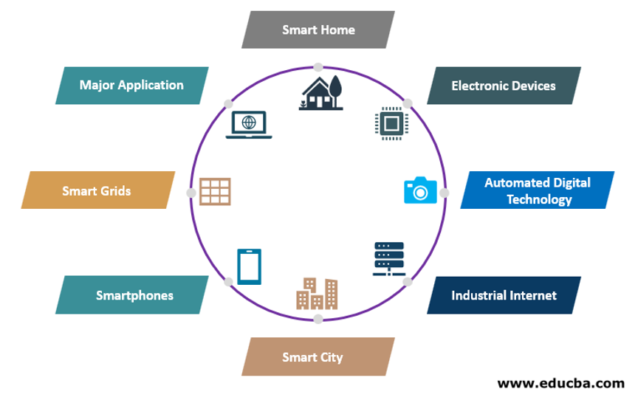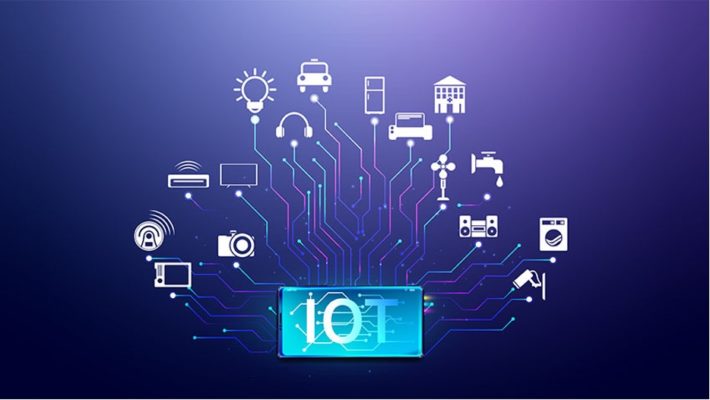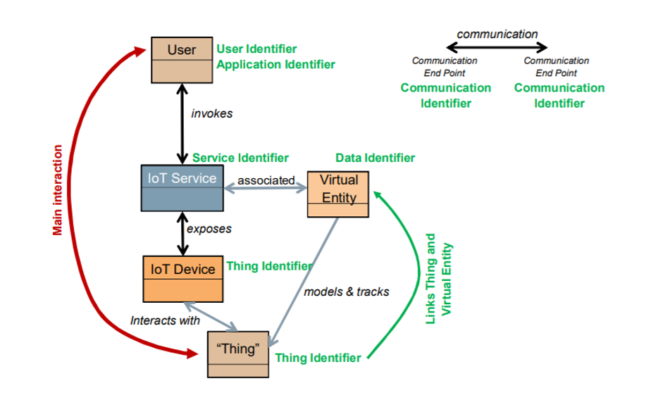The Internet of Things is developing very strongly and is being applied more and more in our life. Before the Internet was just a network of computers around the globe, no one thought a washing machine or a wearable could be connected and controlled. IoT technology has changed that, now billions of useful things are connected and serve people’s lives such as household goods, machines in industry or agriculture, etc. But have you ever thought about how to identify a device in this large system, is there any rule in naming it? So let’s find out the Internet application naming and identifier in IoT with Speranza through this article.
1. Internet Application Naming with IoT Revolution
First, we need to understand what an internet application is. These are applications that only work when the Internet is available, which means that they must always be “online”. For example, the website can only be accessed by devices that support an internet connection, while the pre-installed applications on the phone or computer do not need that. Commonly found internet applications are email systems, websites, peer-to-peer networks, and more IoT devices in smart homes, smart city or in industry.
 Some internet application groups application Source: https://www.educba.com/what-is-internet-application/
Some internet application groups application Source: https://www.educba.com/what-is-internet-application/
In Internet architecture, naming is important to identify applications and the basis for people to access and use services. Most internet applications today are named based on the IP structure, each device will have a unique IP address. Each website has a domain name called URL path, DNS servers are responsible for translating IP and URL for easier access.
However, the current naming method is based on the IPv4 standard, with a maximum number of 232 addresses (about 4 billion addresses). When the development of IoT leads to the release of billions of devices, which in the future may be up to hundreds of billions, this usage is no longer suitable.

More and more IoT devices make Internet application naming change. Source: https://www.simplilearn.com/iot-devices-article
Each device in the IoT will be an Internet application. With the compatibility complexities of connecting all devices and objects, along with the scalability requirements, IPv4 is not enough for IoT as well as the future Internet architecture. New naming methods are being proposed such as IPv6, IP Glowbal, SWE, or GS1, … in which IPv6 is the most likely solution. IPv6 allows 2128 addresses, that is, about 300 billion devices can be used in the network. Some sensors and devices in IoT are not designed to integrate IP, 6L0WPAN is the solution for this. 6L0WPAN will extend IPv6 and integrate it into a larger IP network, then an IoT system. Although IPv6 is not yet widespread and the IoT system has not standardized its naming, this is still the future of the Internet.
2. Identifiers and Why Do You Need It?
Identifiers are templates used to uniquely identify an entity in a system. In an IoT system, both the device and the user must be clearly defined. Depending on the needs and suitability of the system, many different identifiers are used.
People identify in two general ways, based on the element of the entity to help distinguish it from other entities such as user fingerprints, face recognition, the other way is to create an identifier code such as serial number, barcode, or electromagnetic card.

Một mô hình định danh trong IoT. Source: https://euagenda.eu/upload/publications/identifiers-in-internet-of-things-iot.pdf
Identifiers can also be divided into different classes for easy modeling. Common classes are thing identifier, app&service identifier, communication identifier, user identifier, data identifier, location identifier, protocol identifier. Each layer has its own characteristics and uses, for example, app&service defines its software and service layers, which are used to create IoT platform service.
In any system with interconnections between components, precise identification of each component is imperative. In the IoT system, it is even more important because each device contains a lot of data, not ensuring the identity for each device, causing a huge security problem. During the life cycle of a system from development, the operation to maintenance, each component must always be correctly identified so that the system can operate smoothly.
3. Conclusion
With what has been presented above, hopefully, you have a better understanding of naming and identifiers in the Internet of Things system and its necessity. IoT is still in its infancy and challenges remain, and new options and architectures are still being proposed to perfect this technology every day. With a series of in-depth articles on IoT, Speranza. Over many years of experience, Speranza is confident in providing comprehensive IoT solutions for businesses as well as individuals. Feel free when contact us.
Reference Source
- https://www.educba.com/what-is-internet-application/
- https://www.cse.wustl.edu/~jain/cse570-13/ftp/iot_name/index.html#sec4.1
- https://euagenda.eu/upload/publications/identifiers-in-internet-of-things-iot.pdf
